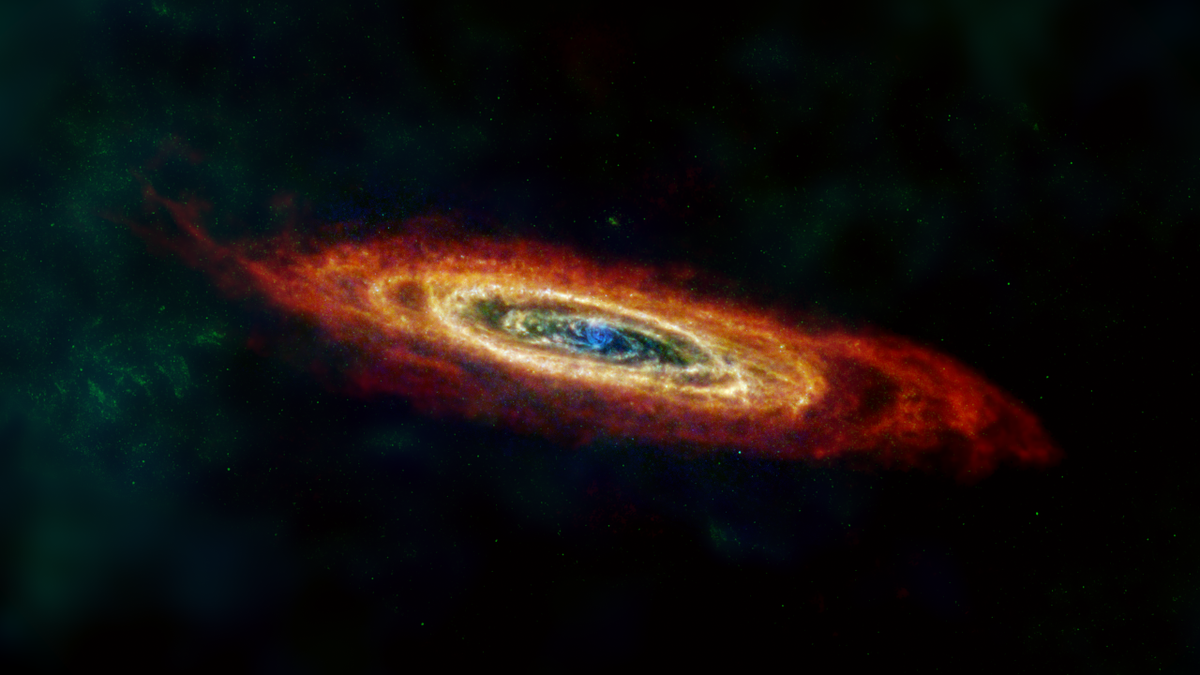
images show us that the dust 'ecosystems' in these galaxies are very dynamic," Christopher Clark, the imaging team lead and an astronomer at the Space Science Telescope Institute in Baltimore, said in a statement (opens in new tab) Thursday (June 16).
Related: The best Hubble Space Telescope images of all time.The observations were led by data collected from the European Space Agency (ESA)'s Herschel Space Observatory that operated from 2009 to 2013 and detected the thermal signature of dust in far infrared light. .The newly produced images focus on interstellar dust and gas to learn more about how the density of dust clouds can vary between galaxies, as well as within a single galaxy.All that dust greatly affects astronomers' work, since it absorbs light from the objects scientists want to study — nearly half of the universe's starlight, according to the statement.Because it contains a range of heavier elements, like those that form planets, studying dust can help scientists understand the evolution of the cosmos!
And the research comes even though the Herschel telescope, the statement said, was not designed to look at light from diffuse clouds, nor in the outer regions of galaxies where there is less gas and dust present.
— Hubble Space Telescope images twisted galaxy shaped by a big neighbor.
"In the densest dust clouds," the statement said, "almost all the heavy elements can get locked up in dust grains, which increases the dust-to-gas ratio.But in less dense regions, the destructive radiation from newborn stars or shockwaves from exploding stars will smash the dust grains and return some of those locked-up heavy elements back into the gas, changing the ratio once again."!